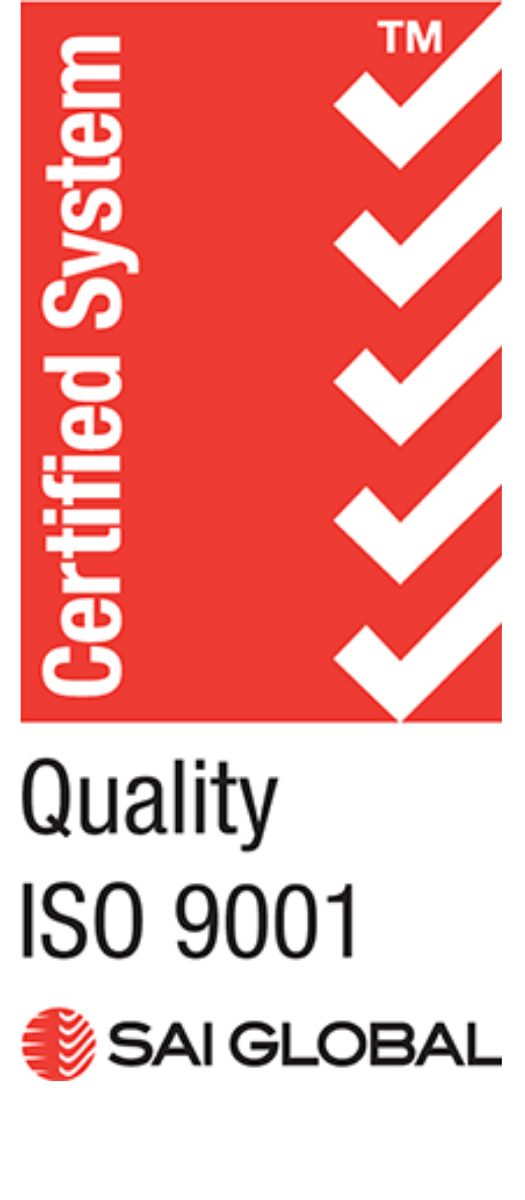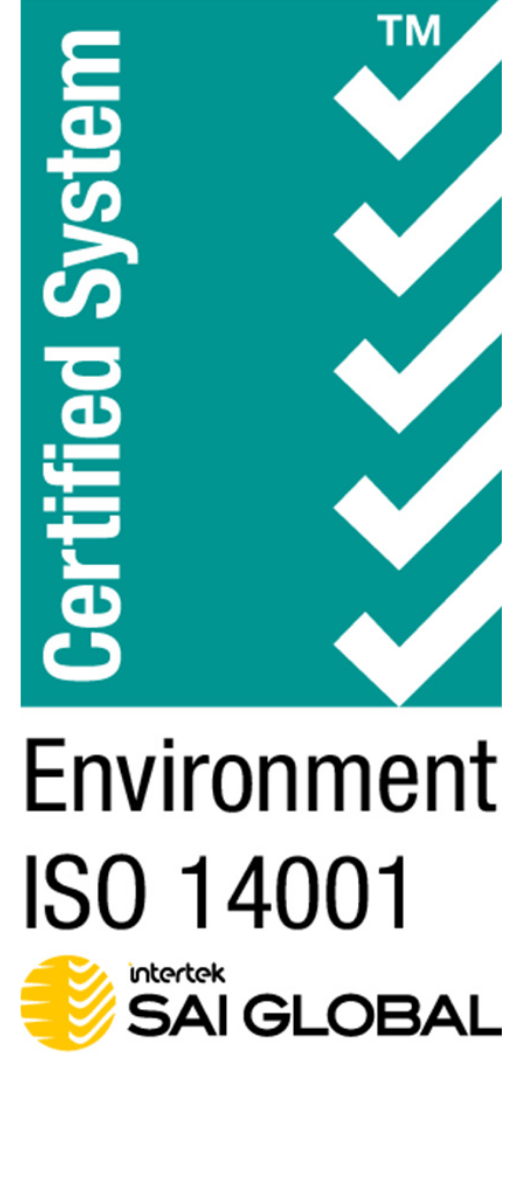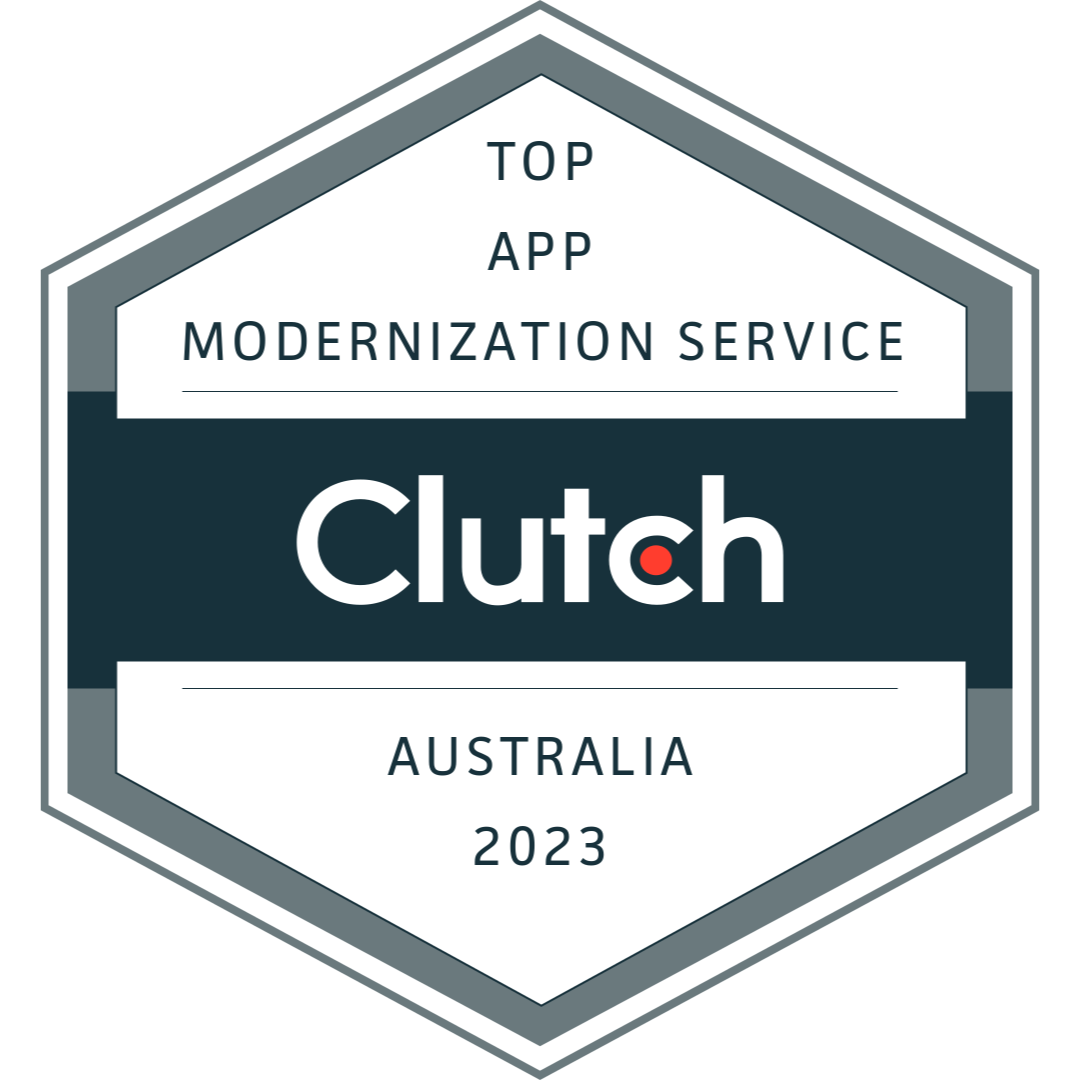2. Prioritise Scalability and Flexibility
Enterprise software should be designed to support growth and adapt to changing requirements. Scalability
makes sure that applications can handle increased workloads efficiently, while flexibility allows businesses to pivot and integrate new
features without major rework. Building scalable architectures and flexible systems helps maintain usability over time and minimises the
risk of becoming outdated. Using modular designs, microservices,
and cloud-based solutions enables seamless integration, easier updates, and improved system resilience. Adopting containerisation
technologies
like Docker and Kubernetes helps enterprises scale resources dynamically, optimising performance while reducing infrastructure costs.
3. Implement Strong Security Measures
Security is a critical part of enterprise IT solutions, ensuring the protection of sensitive data and compliance with regulations
like the General Data Protection Regulation (GDPR) and Australia’s Privacy Act. Integrating security
measures
early in development is crucial to minimising risks. This includes encryption, routine vulnerability assessments, and secure coding
practices. Implementing role-based access control (RBAC), multi-factor authentication (MFA), and regular security audits further strengthens
software resilience against cyber threats. By embedding security best practices from the start, organisations can mitigate vulnerabilities
and ensure long-term data protection.
4. Focus on User-Centric Design
User-centric design makes sure that enterprise applications are intuitive, engaging, and meet end-user needs. This involves conducting user
research, usability testing, and design improvements throughout the development lifecycle. Using end-users
in the process helps identify pain points and ensures the final product aligns with their workflows. Creating interfaces that are accessible
and easy to navigate improves productivity and reduces the learning curve for new users. Designing with accessibility standards in mind
further ensures inclusivity, benefitting a broader range of users.
5. Leverage Automation and CI/CD Pipelines
Continuous Integration and Continuous Deployment (CI/CD) streamline the software development process, enabling faster and more efficient
delivery of enterprise applications. By integrating automated
testing frameworks
within CI/CD pipelines, organisations can improve software quality while reducing manual errors. DevOps-driven
CI/CD practices
also accelerate deployment cycles and minimise risks, making enterprise software development more agile and scalable. Adopting best
practices like continuous monitoring and incremental
updates
ensures stability and long-term maintainability in enterprise IT solutions.

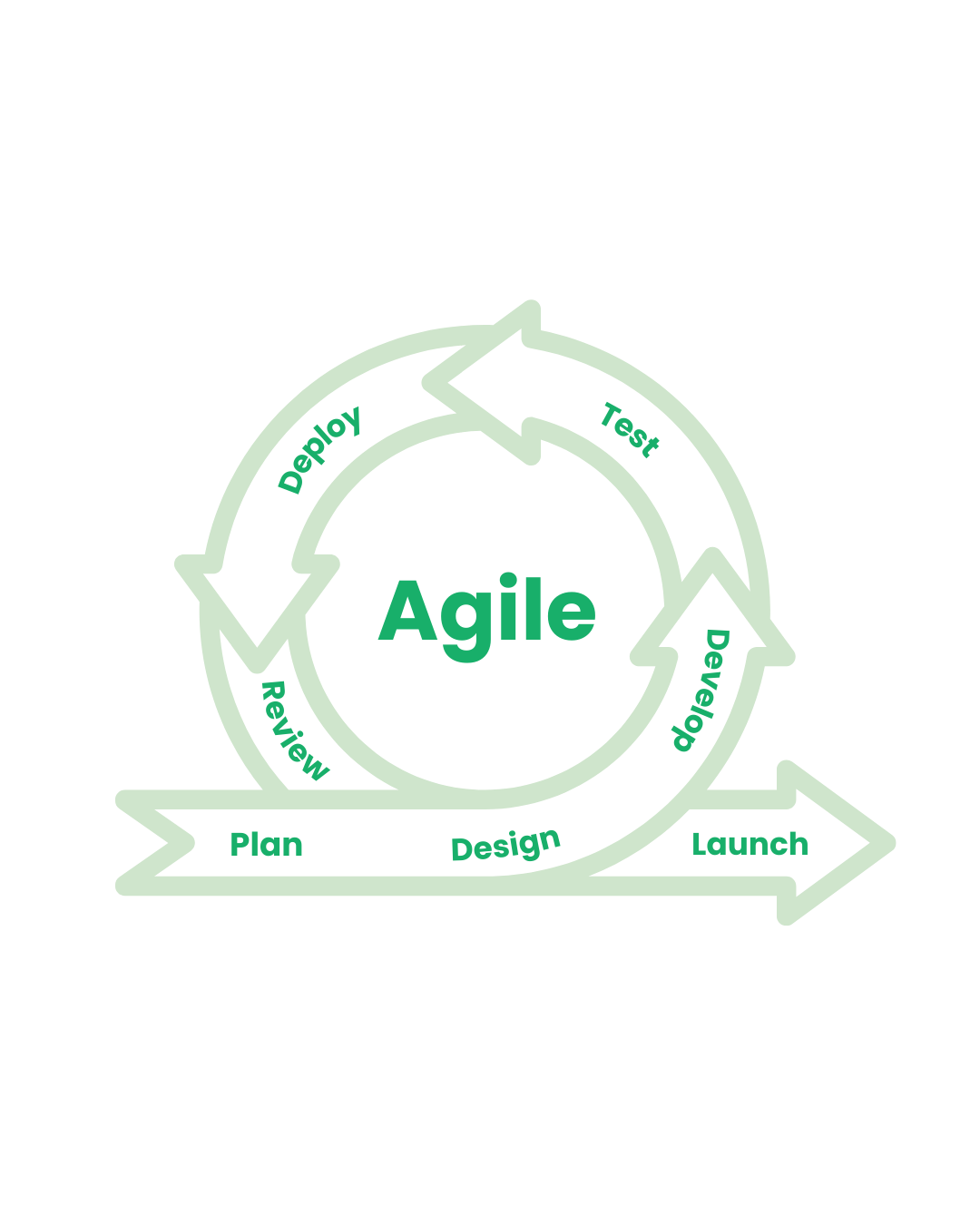

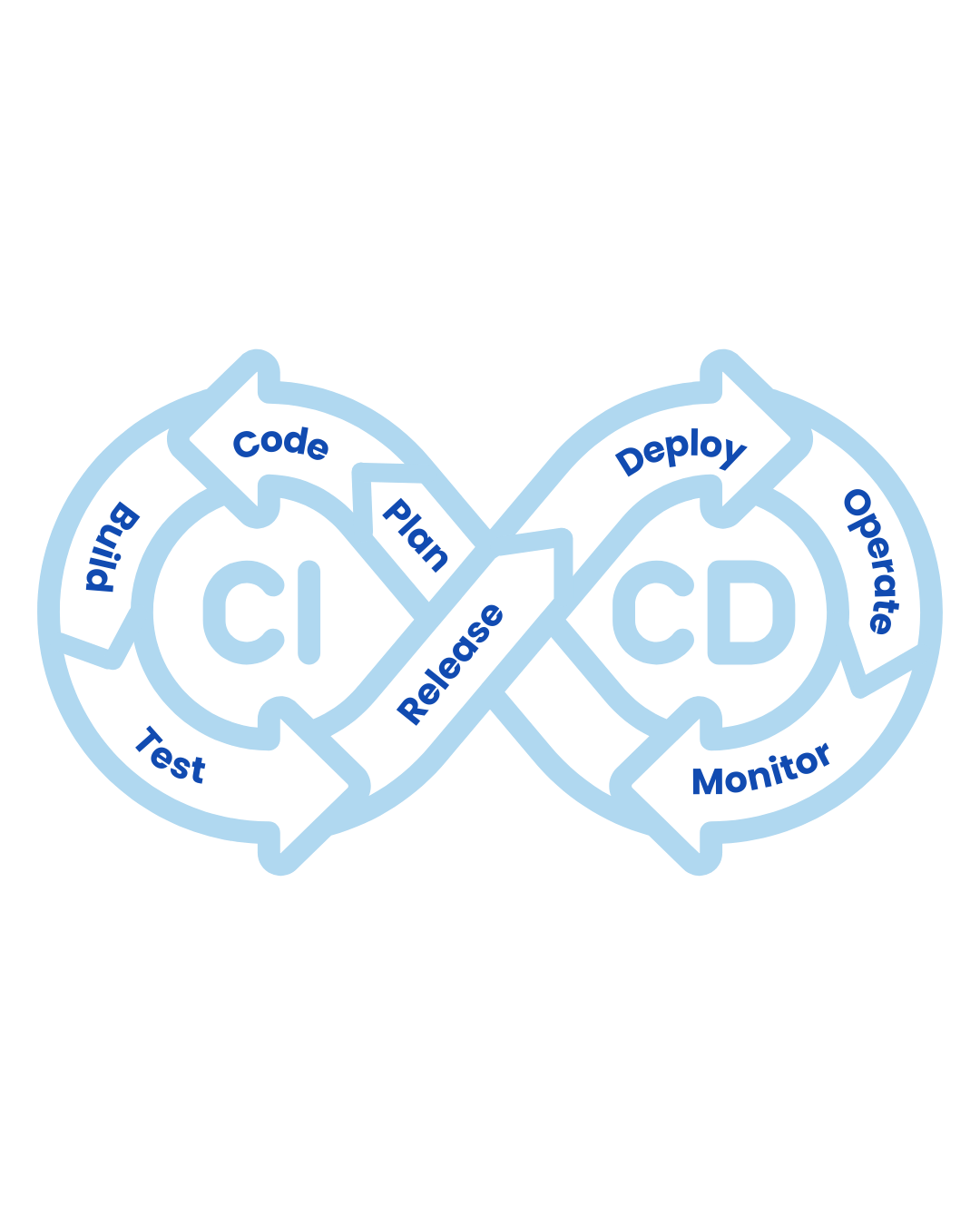



.png)
